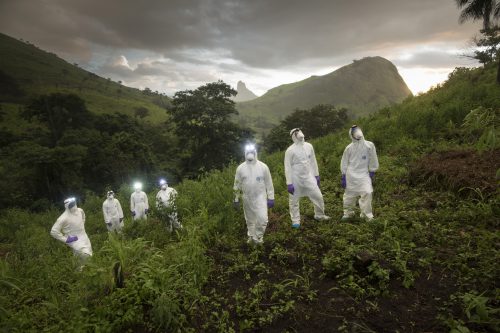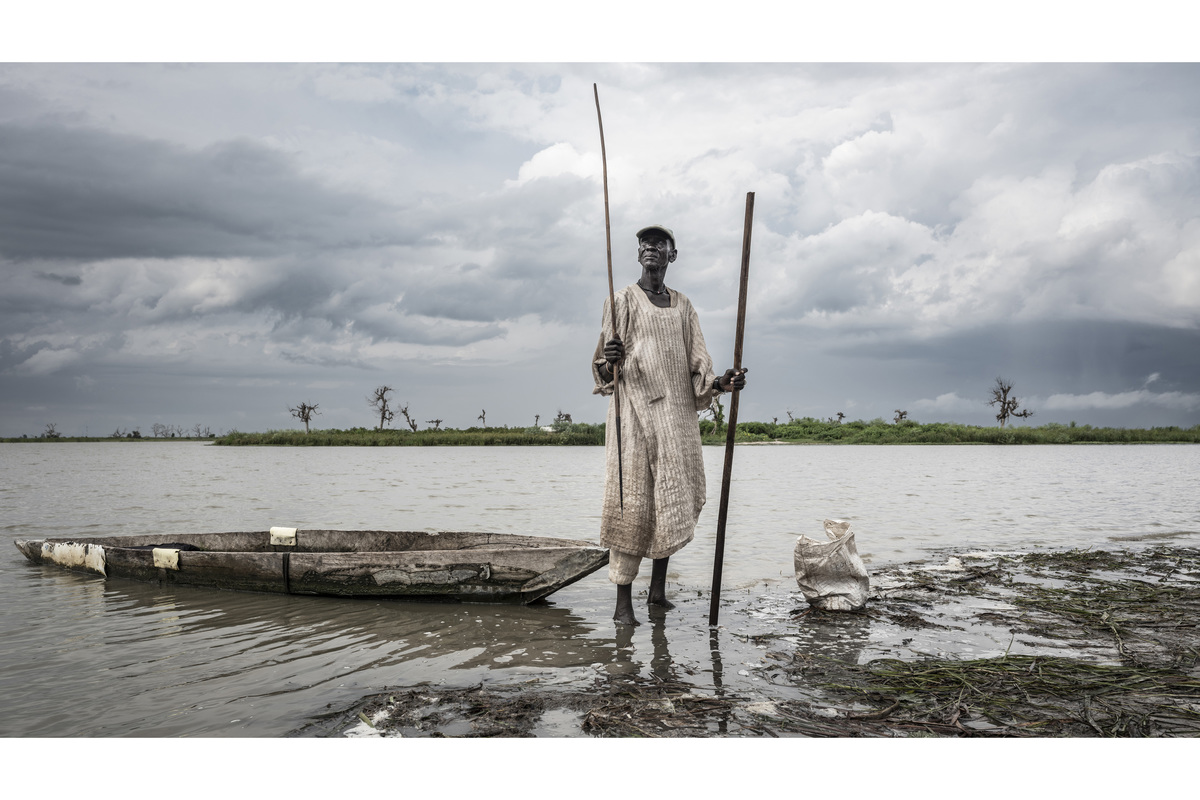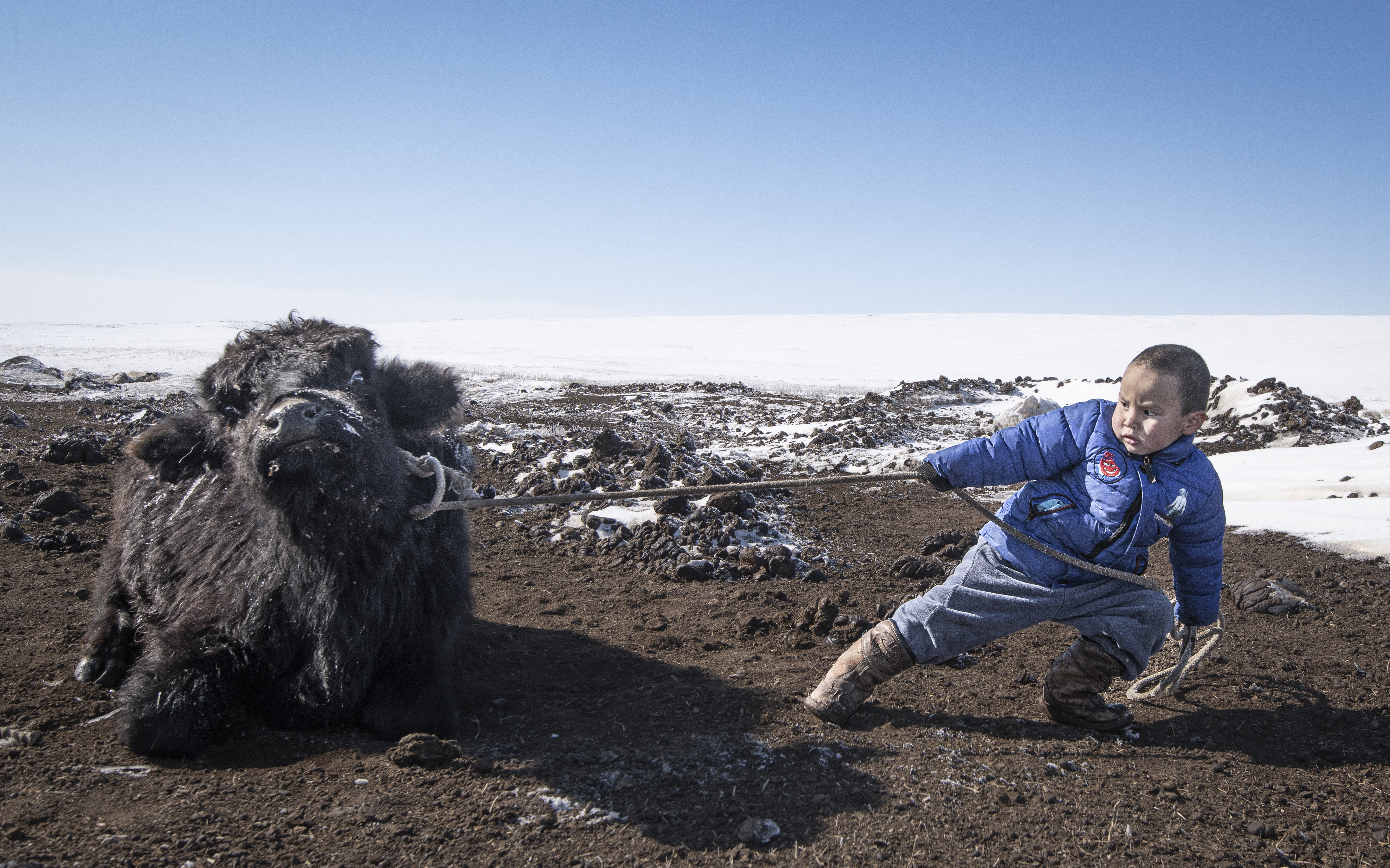Biography
"In my years photographing global health issues I have looked for the people behind the numbers, their vulnerability and their powerlessness. By creating arresting, not shocking, images I take a broader view of their circumstances and the issues that will grow beyond their origin to affect us all. This is the story I want to tell."
Simon Townsley is an acclaimed international photojournalist and twice recipient of the British Press Photographer of the Year Award. Simon is known for his ability to connect with people and convey their story with dignity, even in extreme contexts.
Arriving in London in 1987 from New Zealand, he was appointed Senior Photographer at the Sunday Times where he remained for 14 years. He covered conflicts around the world, including the Balkans, West Africa, the Middle East and Asia. He was assigned to photograph in depth numerous major news events such as Tiananmen Square, the Gulf war, fall of the Berlin Wall, siege of Sarajevo and the election of Nelson Mandela.
In 2002 he felt a need to explore photography in a deeper sense, to understand photography in its purest aesthetic, Using the power of the image to convey a message through its beauty alone. He embarked on a personal project- OILMAN. Industrial landscapes from over 20 countries explore mankind’s relationship with the natural world in the desperate and dramatic pursuit of oil across the planet. Using his love of the simple aesthetic, the images were shot in large-format and displayed as grand-scale prints, exploring the sense of scale that the oil and gas industry operate on and the issues it creates.
For the last four years Simon has been working with the Telegraph Media Group Global Health Security Team. With support from the Bill & Melinda Gates Foundation, the Global Health Security project seeks to bring awareness of vitally important issues to wider audience and focuses on key pillars of health and security around the world.
"Trust is an essential value in being able capture a powerful image, but trust isn’t just between subject and photographer. It criss-crosses all threads, from NGO, publisher and authorities to photographer and subject. It is a privilege to be able to bear witness, and it is one I seek to honour. By creating compelling images of distressing situations I can break down the barriers that stop people engaging, to open their eyes without fear and broaden their perspective."
Somewhere beneath the expanse of floodwater stretching beyond the horizon, lies William Yon Bol’s lost home and livelihood.
There are around 5,000 active drug users residing in Vancouver’s Downtown Eastside, a 10-block corridor that runs through the heart of the city.
The women had fled into the sprawling camps of Goma hoping they would find safety.
In Sierra Leone, the Chinese have stepped into the void left by the British, plundering natural resources and threatening livelihoods The Hill Station Club in Freetown was once the beating heart of Britain’s colonial community.
When Covid struck, they found themselves on the frontline of the UK response.
The white-tiled floor of Togo’s largest trauma unit is awash with the blood of motorcycle riders.
The caves surrounding the village of Gbentu in northern Sierra Leone are held sacred in local culture.
The Darien Gap – a steamy expanse of roadless jungle swamp on the border between Colombia and Panama – is known simply as ‘hel’ to those who survive it.
The Damodar river darkens as it snakes through lush forest, tall maize fields and thatched villages.
Manual sewage clearing is one of the most dangerous jobs in the world, but it is widespread among India’s ‘untouchable’ caste.
Long before the gates open, the queue for food already snakes around the block.
Cloaked in white robes, chanting worshippers sink into Zambia’s Kafue river with arms stretched to the sky as their baptism unfolds.
The dark sea of huddled forms is almost impossible to take in at first.















